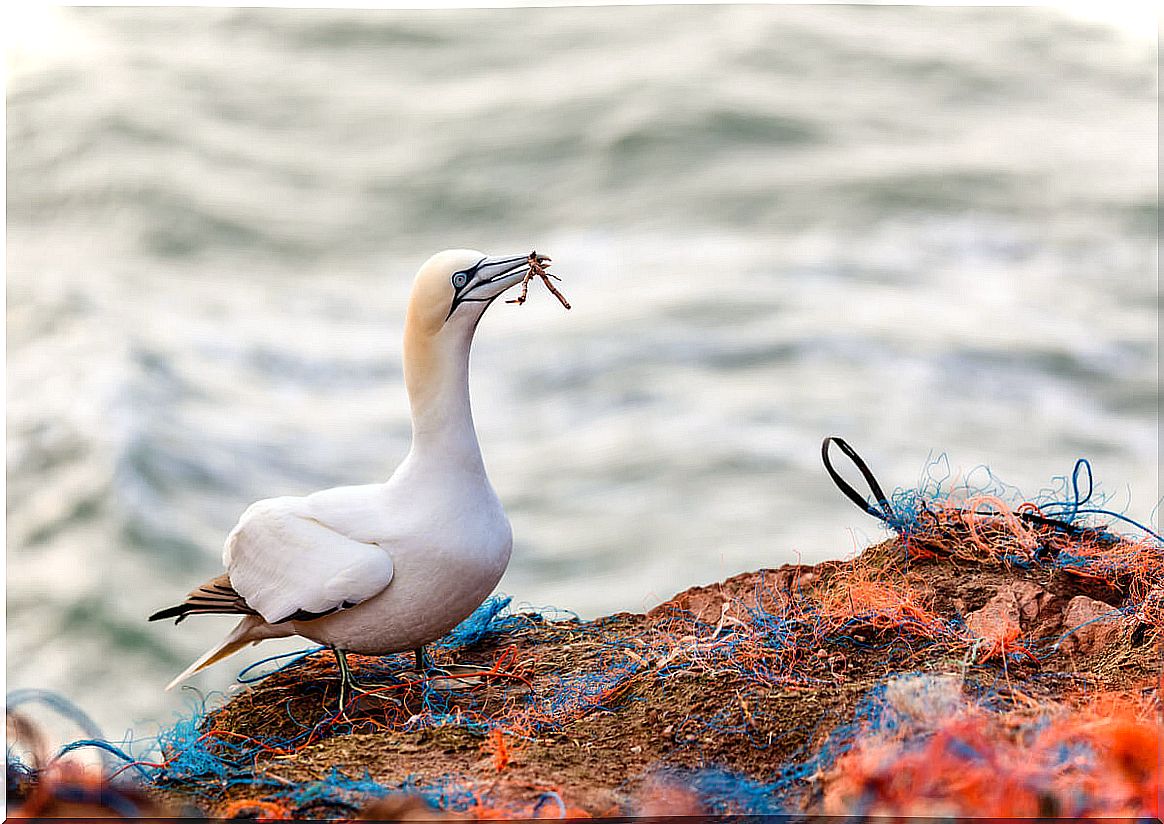The Effects Of Plastics On The Ocean
Reviewing all the effects that plastics have on life could be endless. What’s more, many of them are still unknown.

More than 9 million tonnes of plastic are dumped into the oceans each year
The plastic cycle
Microplastics in rainwater

Effects of plastics on food
- According to research carried out, table salt consumed daily has a plastic concentration of 60 to 280 microparticles per kilogram of salt.
- Bivalve mollusks such as mussels, clams or coquinas feed by filtering the water and capturing food particles inside their body. However, it seems that in addition to food, these animals capture microplastics.
- The crustaceans that are part of the human diet also have microplastics inside.
- Plastic has also found its way into drinking water. Although its origin is still unknown (the containers themselves or the environment), 83% of the analyzed drinking water samples in ten countries contained plastic fibers.
Plastic in human feces
Effects of plastics on marine life
Residue in seabird eggs, more effects of plastics
A disturbing study by the Canadian Wildlife Service found chemical residues in seabird eggs. This investigation, carried out with boreal fulmars ( Fulmarus glacialis ) in the Arctic, found traces of highly toxic chemicals inside their eggs.
But how does the waste get there? The answer is simple. When large pieces of plastic, such as bottle caps or cigarette butts, reach the bird’s stomach, they begin to digest very slowly without ever continuing through the digestive tract. The plastic releases toxins that finally reach the egg in formation.









